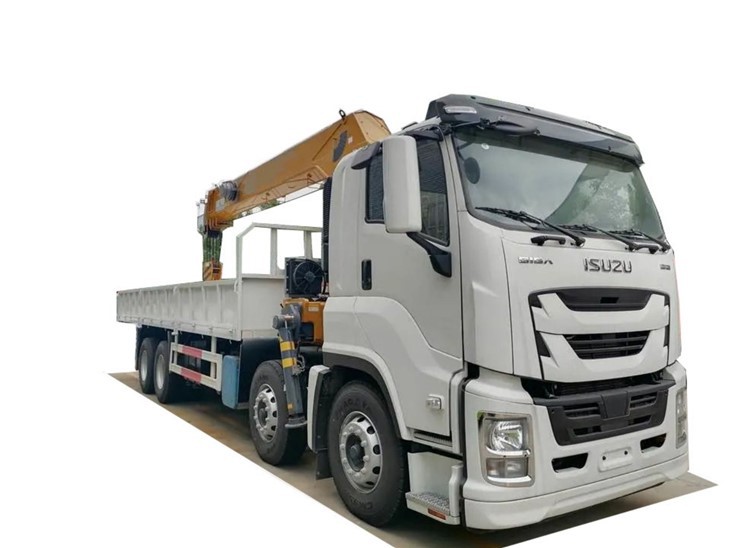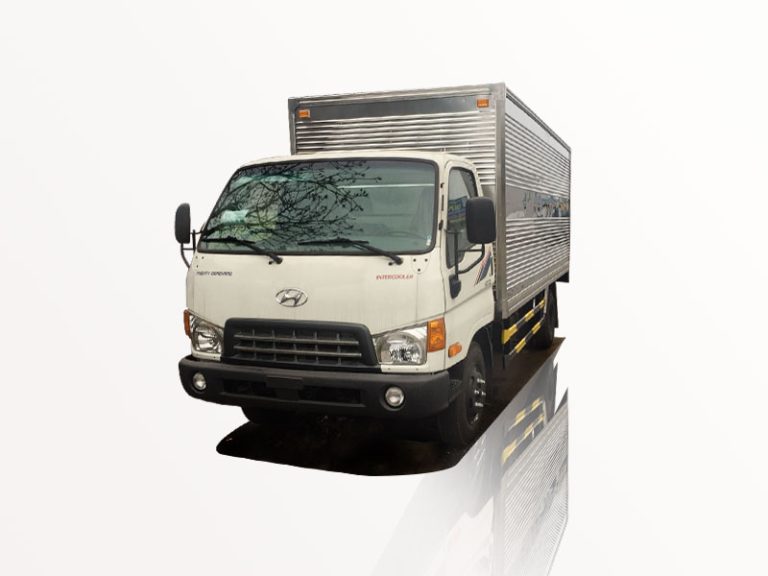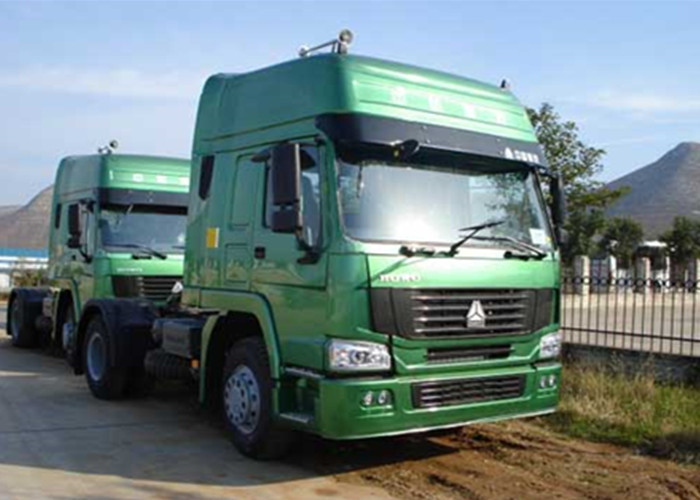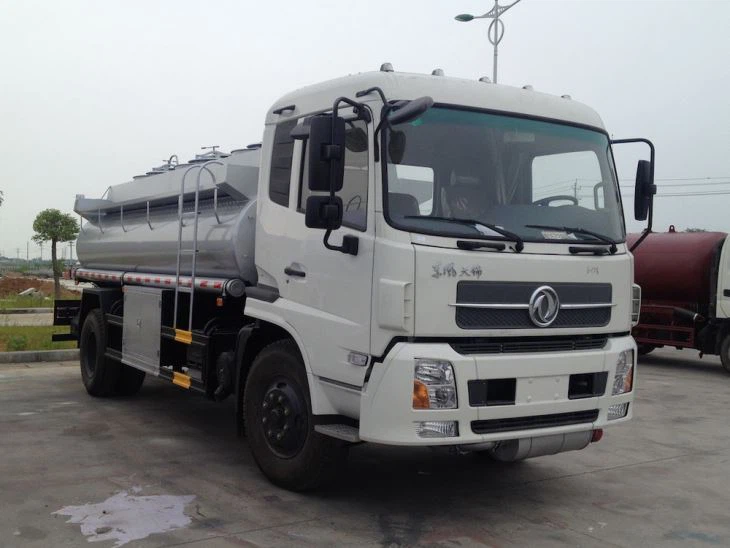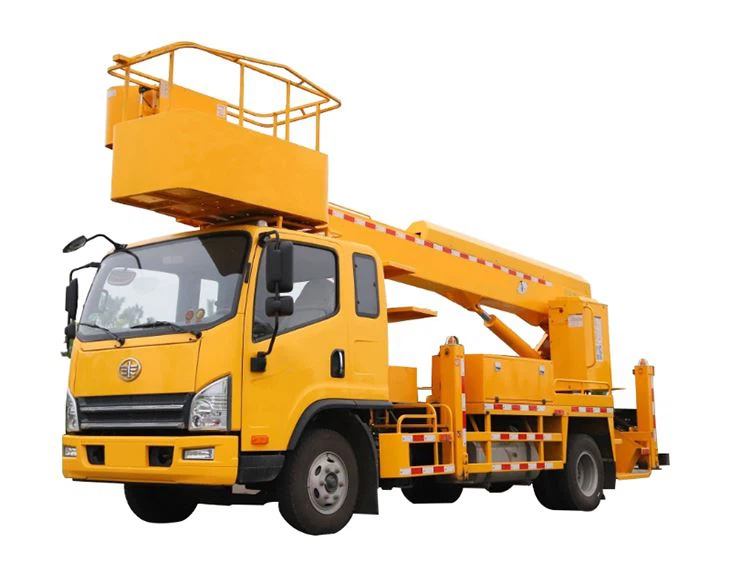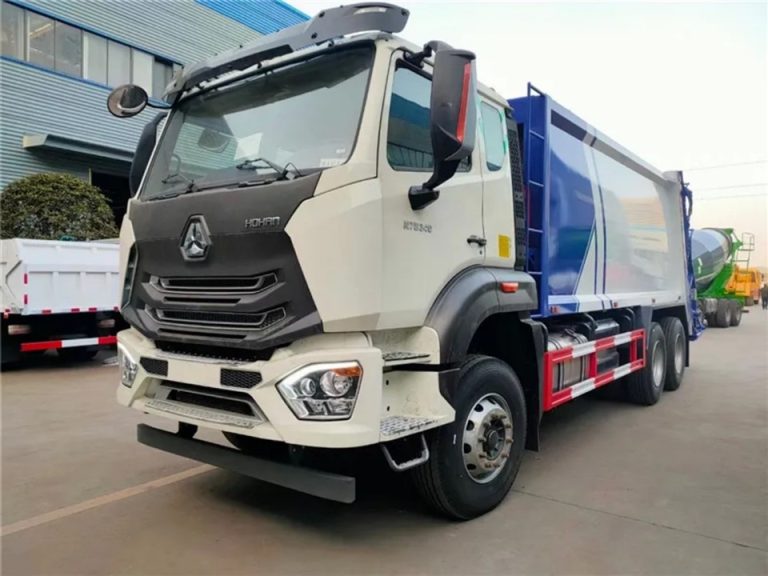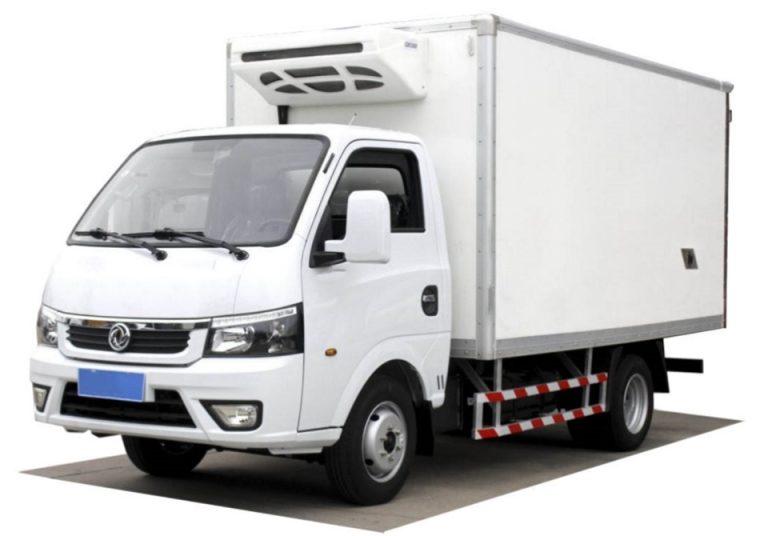Introduction
Medium duty wreckers play a crucial role in the towing and recovery industry. Unlike light-duty wreckers, which are designed for smaller vehicles, medium duty wreckers are capable of handling larger vehicles, such as small buses, delivery vans, and some pickup trucks with larger payloads. In this article, we will explore the various aspects of medium duty wreckers, including their features, types, applications, and buying guide, as well as practical tips for their effective use.
What Are Medium Duty Wreckers?
Medium duty wreckers are specialized towing vehicles built to transport larger and heavier vehicles than traditional light-duty tow trucks. These wreckers have reinforced frames and advanced towing systems that allow them to safely recover vehicles in challenging situations. Generally classified as vehicles with a gross vehicle weight rating (GVWR) between 10,000 and 26,000 pounds, they provide a versatile solution for many towing and recovery needs.
Features of Medium Duty Wreckers
- Powerful Winches: Equipped with hydraulic winches with high pulling capacities, medium duty wreckers can easily lift and haul heavier vehicles.
- Sturdy Chassis: Built on a robust chassis, these wreckers are designed to endure strenuous towing operations without compromising safety.
- Versatile Towing Options: Medium duty wreckers often feature flatbeds, dollies, and wheel-lift attachments, providing multiple methods of vehicle recovery.
- Advanced Hydraulic Systems: These trucks come with advanced hydraulic systems that enable smooth operation during towing and recovery.
Types of Medium Duty Wreckers
Understanding the different types of medium duty wreckers can help you choose the right one for your needs. Here are some common types:
1. Hook and Chain Wreckers
Utilizing chains and hooks, these wreckers are effective for towing vehicles in difficult conditions. However, they may cause slight damage to the vehicle being towed.
2. Wheel-Lift Wreckers
Wheel-lift wreckers employ a fork system that lifts vehicles by their wheels, preventing wear and tear on the chassis. They are efficient and suitable for a variety of vehicle types.
3. Flatbed Wreckers
These wreckers feature a flat, inclined platform where vehicles can be loaded and transported securely. Flatbed wreckers are ideal for towing vehicles that are heavily damaged or unable to drive.
4. Integrated Wreckers
Integrated wreckers combine features from the hook and chain and wheel-lift types, providing versatility for different towing scenarios. They have a compact design suitable for urban environments.
Applications of Medium Duty Wreckers
Medium duty wreckers have a range of applications, making them essential tools in many industries:
Towing Services
Medium duty wreckers are widely used by towing companies to recover stranded vehicles, often due to mechanical failures or accidents.
Roadside Assistance
These wreckers assist during breakdowns by providing transportation to repair facilities or helping with jump-starts and tire changes.
Construction Sites
In the construction industry, medium duty wreckers transport construction vehicles and equipment to and from job sites, enhancing efficiency.
Public Services
Government and municipal agencies utilize medium duty wreckers for clearing abandoned vehicles, enforcing parking regulations, and more.
Choosing the Right Medium Duty Wrecker
When selecting a medium duty wrecker, consider the following factors:
1. Payload Capacity
Evaluate the maximum capacity needed based on your typical towing scenarios. Ensure the wrecker can handle the vehicles you intend to tow.
2. Towing Options
Decide between flatbed, hook and chain, or wheel-lift options based on the types of vehicles you will be working with.
3. Manufacturer Reputation
Research manufacturers and consider brands known for their reliability and service support in the towing industry.
4. Pricing and Financing
Set a budget and explore financing options. Ensure you compare prices from different dealers to get the best deal.
Maintenance Tips for Medium Duty Wreckers
Regular maintenance is essential to prolong the lifespan of medium duty wreckers:
1. Routine Checks
Conduct regular inspections of the hydraulic systems, tires, brakes, and winches, ensuring that everything is functioning correctly.
2. Cleanliness
Keep the wrecker clean to prevent rust and deterioration. Regularly wash it to remove dirt and salt, especially after operating in harsh conditions.
3. Lubrication
Lubricate moving parts, including the winch and hydraulic components, to prevent wear and improve performance.
4. Documentation
Maintain a maintenance log to track repairs and service intervals, which helps in managing the vehicle’s health over time.
Practical Examples of Medium Duty Wrecker Usage
Various situations demonstrate the effectiveness of medium duty wreckers:
Example 1: Recovering a Disabled Delivery Van
A medium duty wrecker equipped with a wheel-lift was dispatched to recover a disabled delivery van on a busy highway. Utilizing the wheel-lift feature allowed the operator to safely lift the front wheels off the ground, facilitating a smooth tow without risking further damage to the van.
Example 2: Towing a Small Bus
A municipal service used a flatbed medium duty wrecker to transport a small bus that had broken down during its route. The flatbed allowed for a secure transport without the need to repair the vehicle on-site.
Example 3: Assisting in an Accident Scene
At an accident scene involving a larger pickup truck, a medium duty wrecker equipped with integrated towing capabilities was able to maneuver into a tight location and efficiently recover the damaged vehicle, helping to clear the roadway quickly.
Understanding the Costs Associated with Medium Duty Wreckers
The costs related to medium duty wreckers can vary greatly depending on several factors:
1. Purchase Price
The initial price of a medium duty wrecker can range from $50,000 to $100,000, depending on the brand, specifications, and additional features.
2. Operational Costs
Ongoing operational costs include fuel, insurance, maintenance, and licensing fees, which can add up over time.
3. Financing Options
Explore different financing methods, including loans and leases, which can impact overall cost efficiency.
FAQs About Medium Duty Wreckers
1. What is the average weight capacity for medium duty wreckers?
The average weight capacity for medium duty wreckers typically ranges from 10,000 to 26,000 pounds, allowing them to effectively tow a wide variety of vehicles.
2. How do I maintain a medium duty wrecker?
Regular maintenance could include checking hydraulic systems, tires, brakes, and lubrication of moving parts. Keeping a maintenance log will aid in tracking service intervals.
3. What types of vehicles can medium duty wreckers tow?
Medium duty wreckers can tow vehicles such as delivery vans, small buses, larger pickup trucks, and some SUVs.
4. Are medium duty wreckers designed for off-road recovery?
While many medium duty wreckers can handle mild off-road recovery situations, their capabilities largely depend on the specific design and features of the vehicle.
5. How important is it to choose a reputable manufacturer for medium duty wreckers?
Choosing a reputable manufacturer is crucial as it ensures reliability, longevity, and access to service support, all of which are essential for safe and efficient towing operations.
6. Can medium duty wreckers be used for emergency recovery situations?
Yes, medium duty wreckers are often utilized in emergency recovery scenarios, as they provide the necessary power and versatility to recover vehicles quickly and safely.
